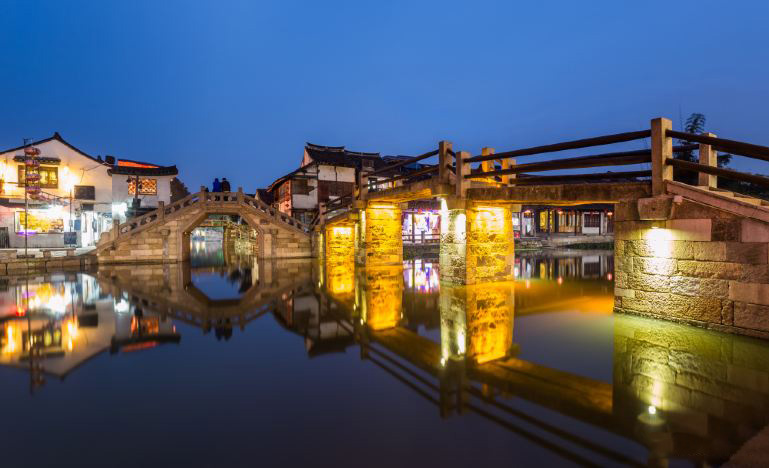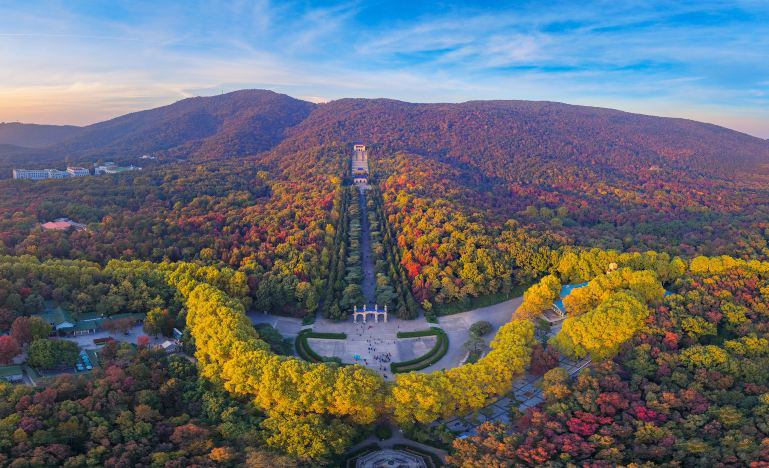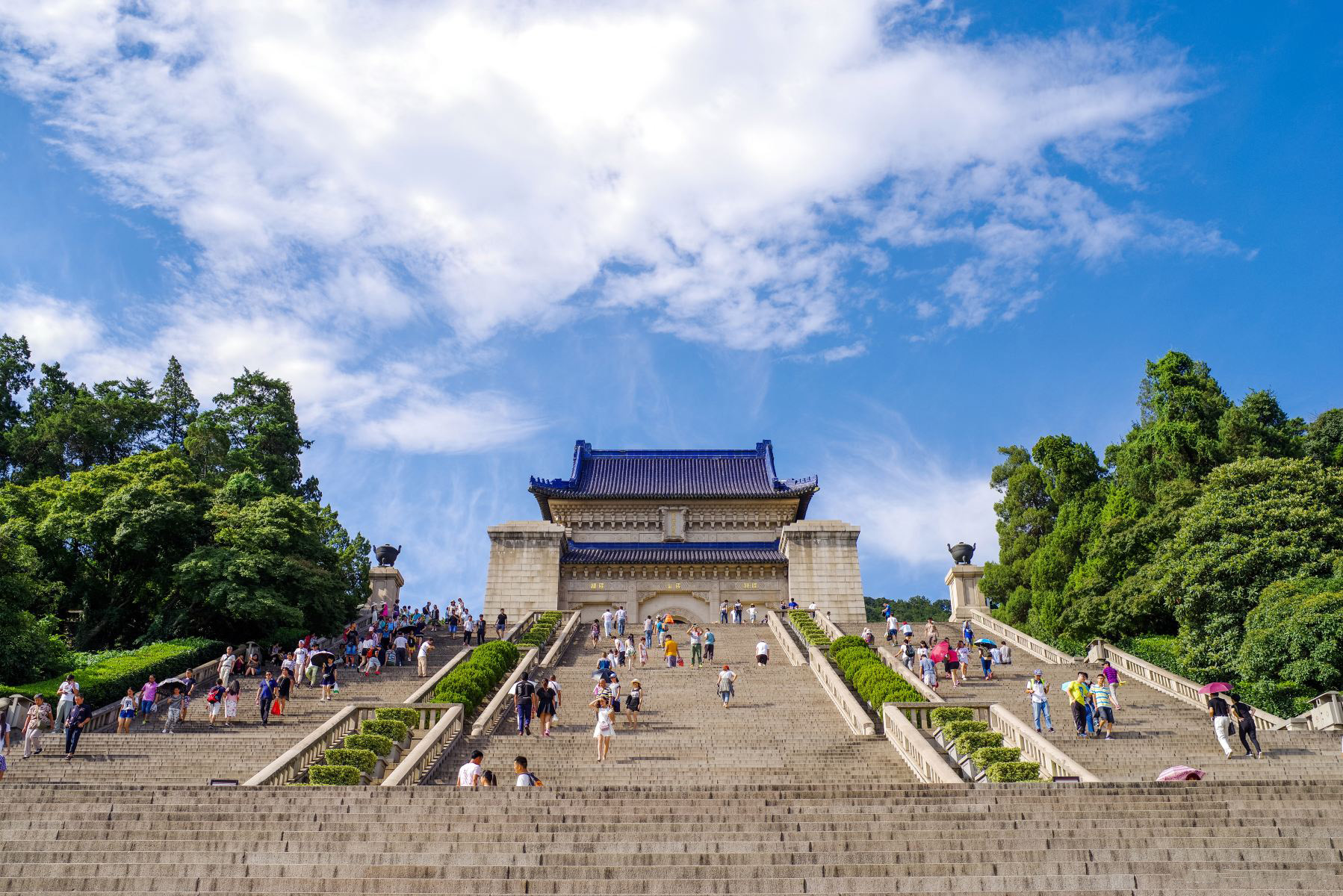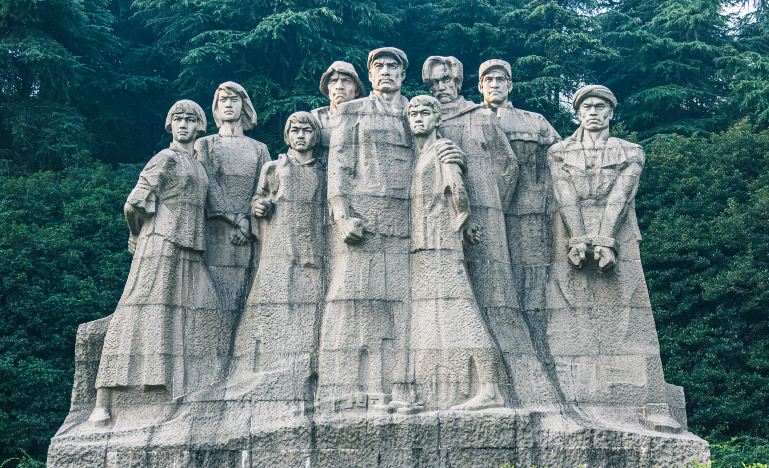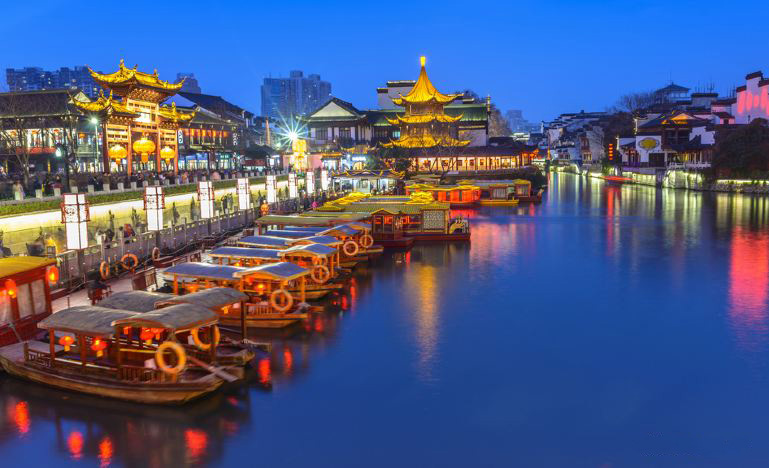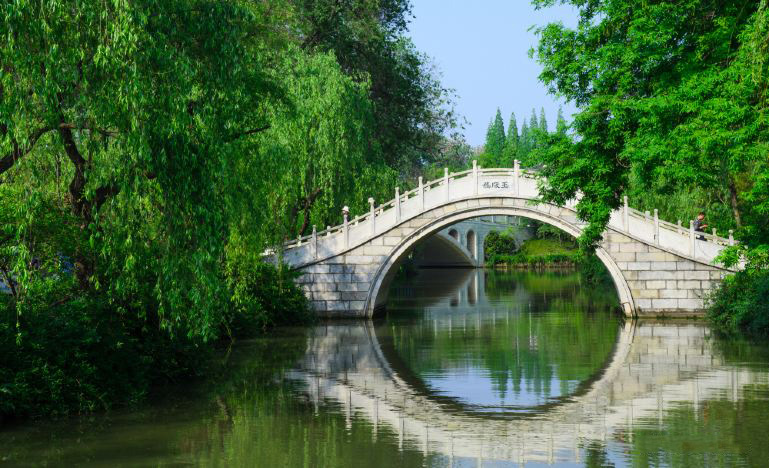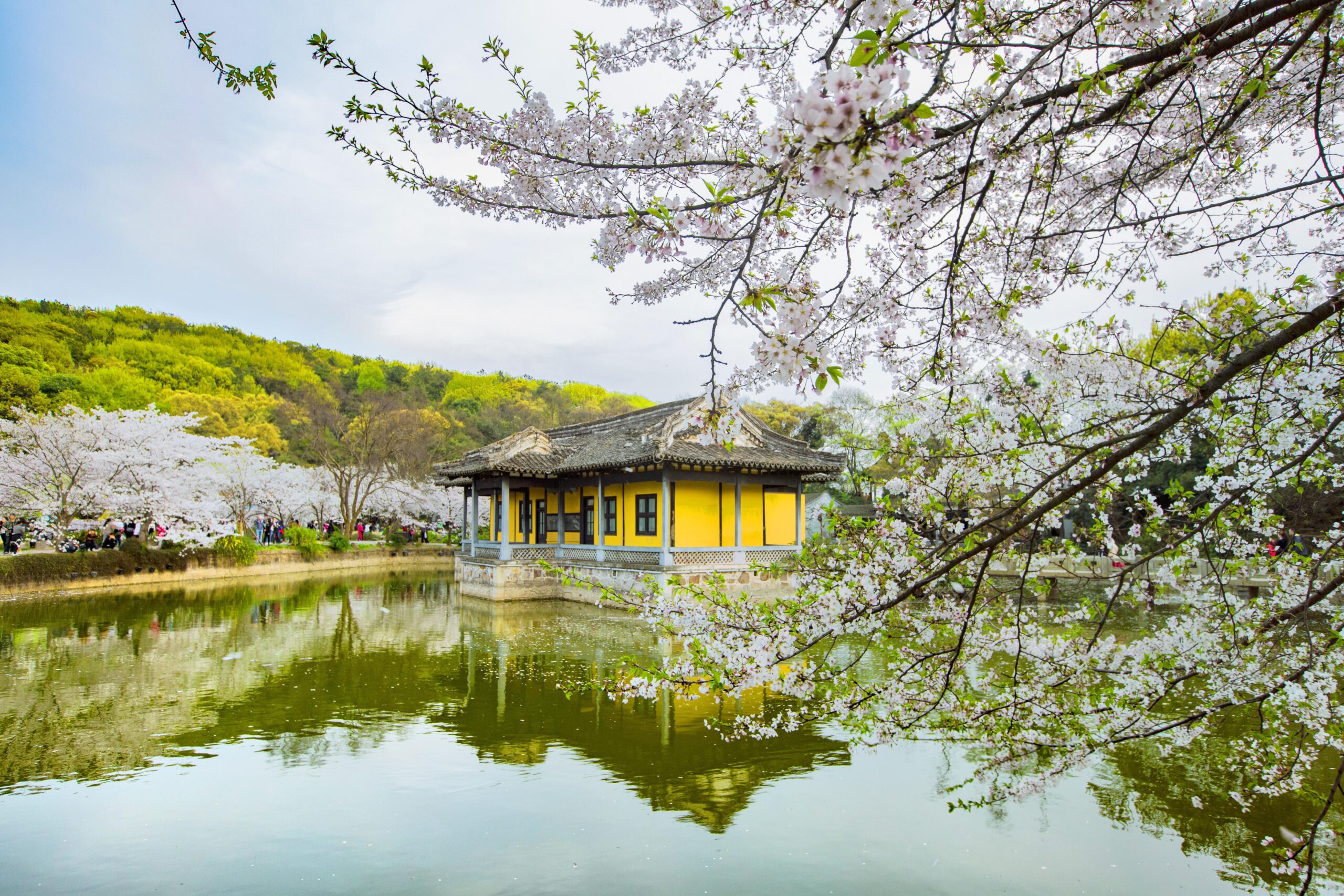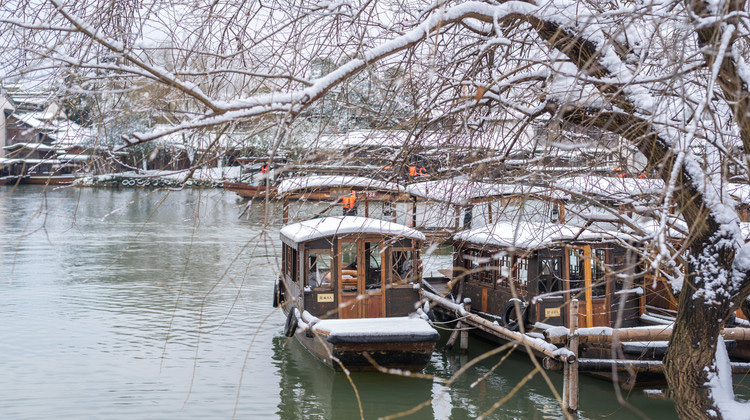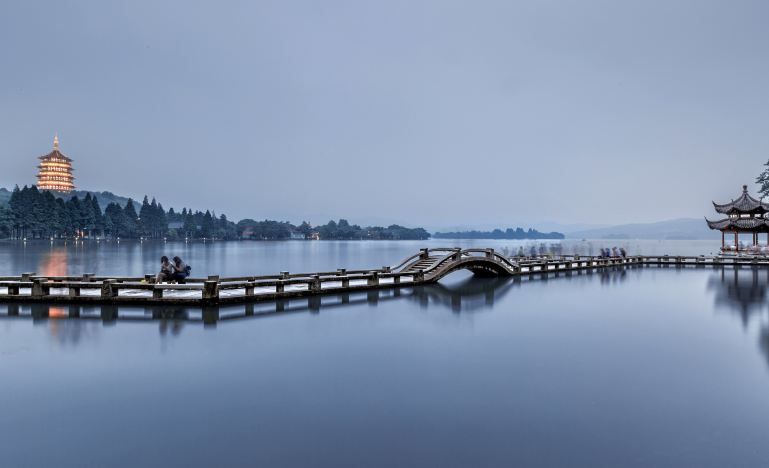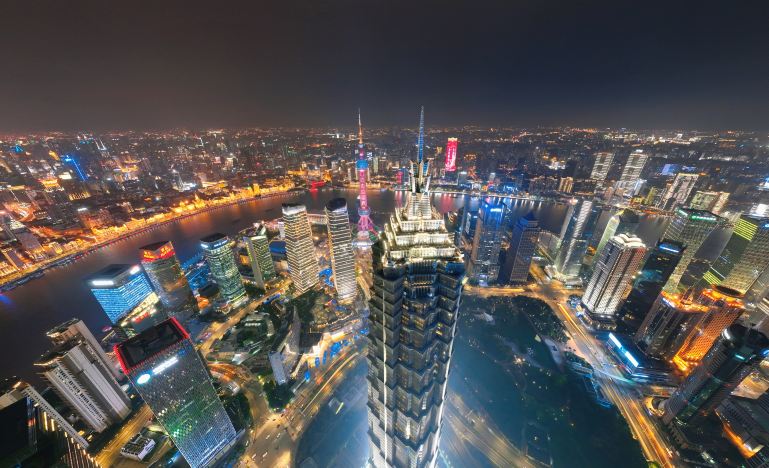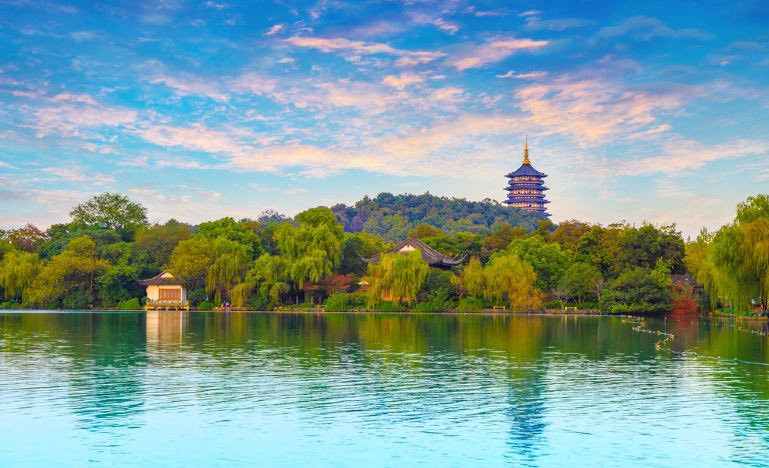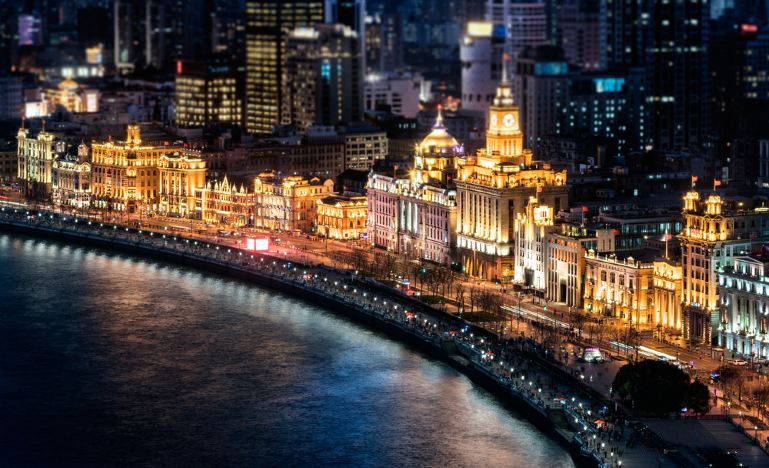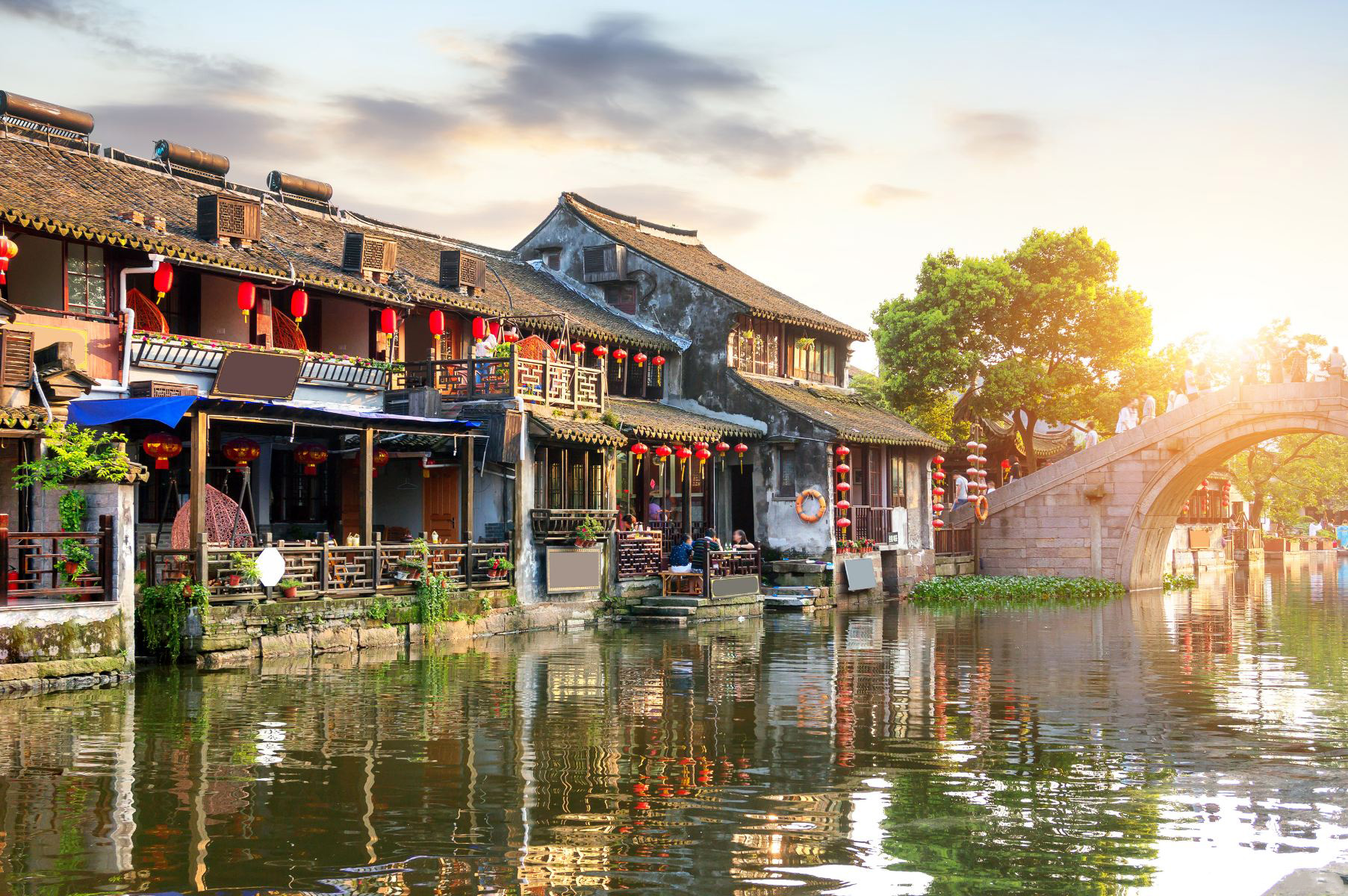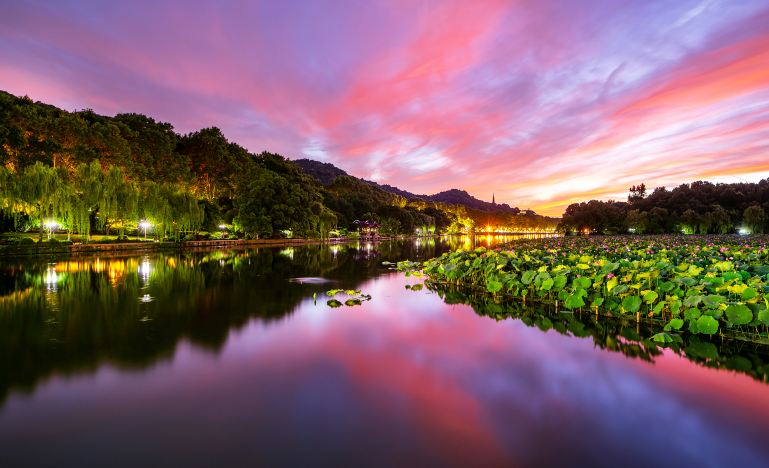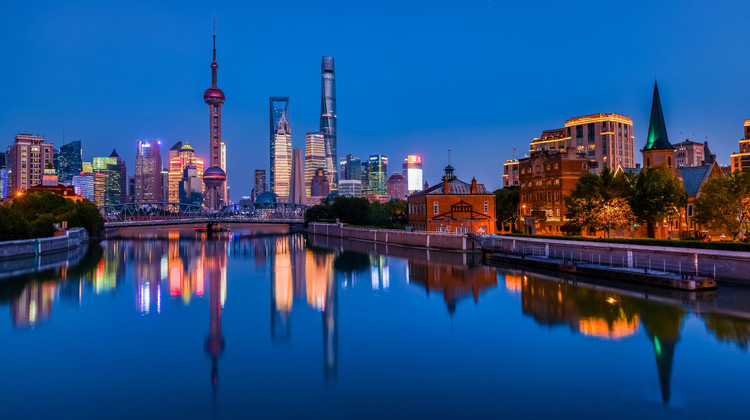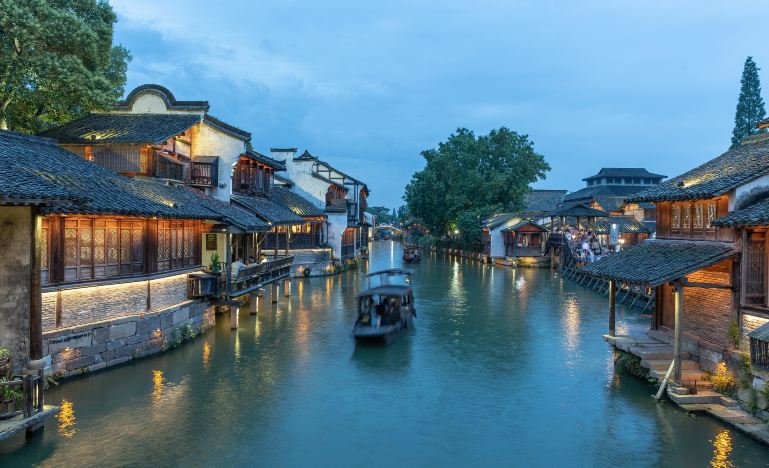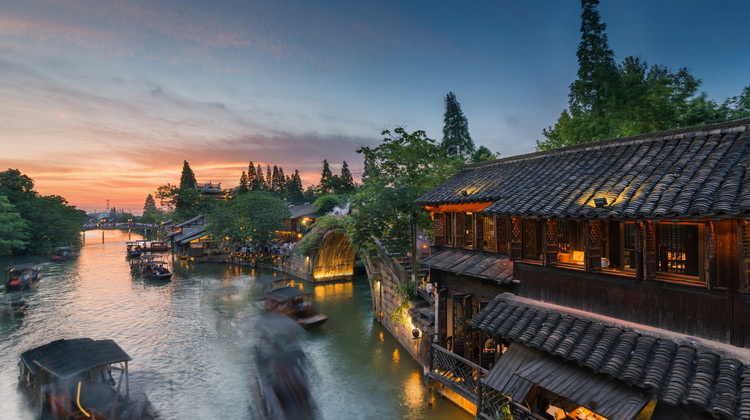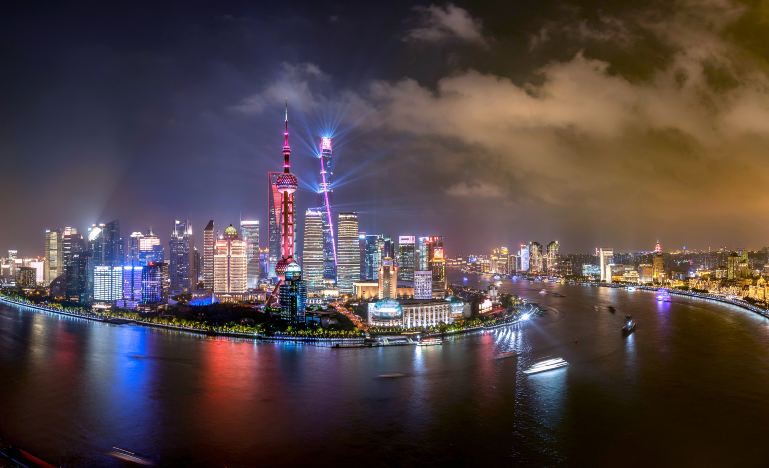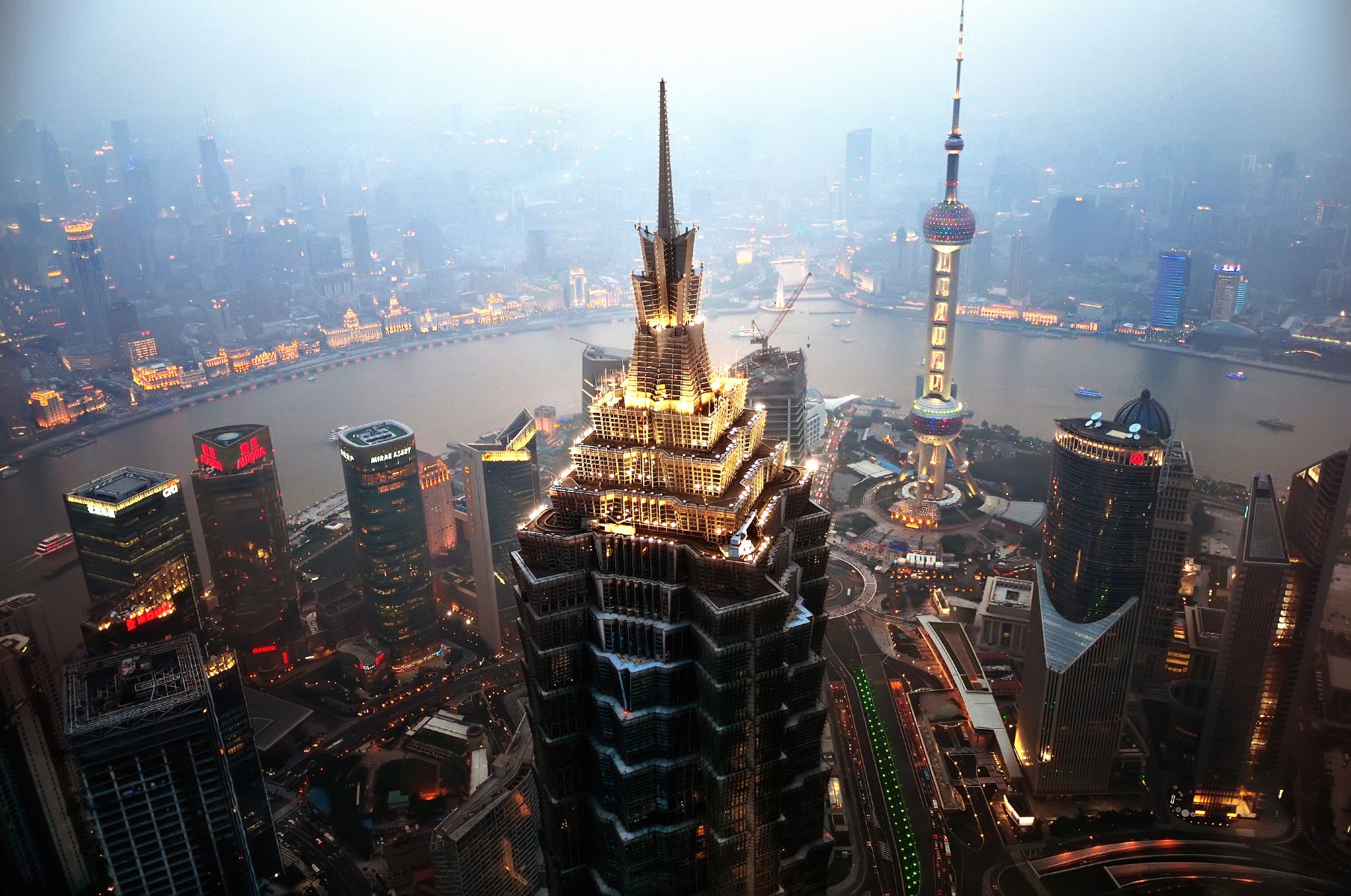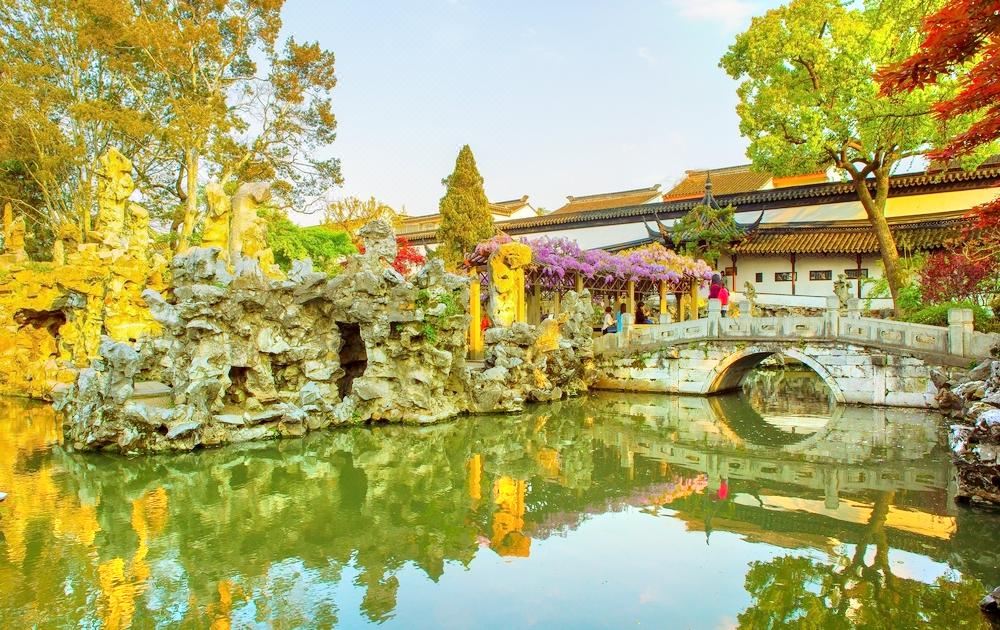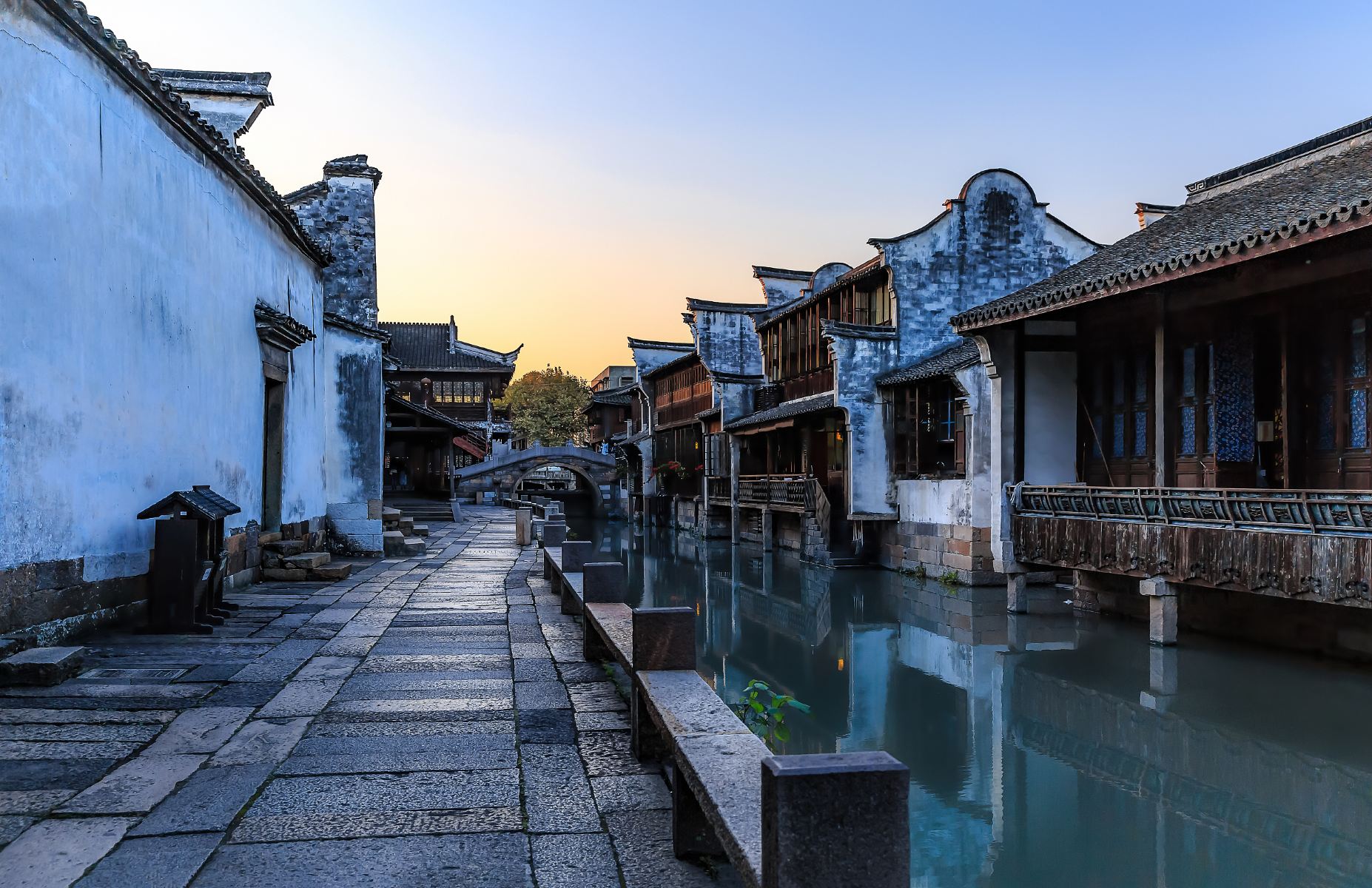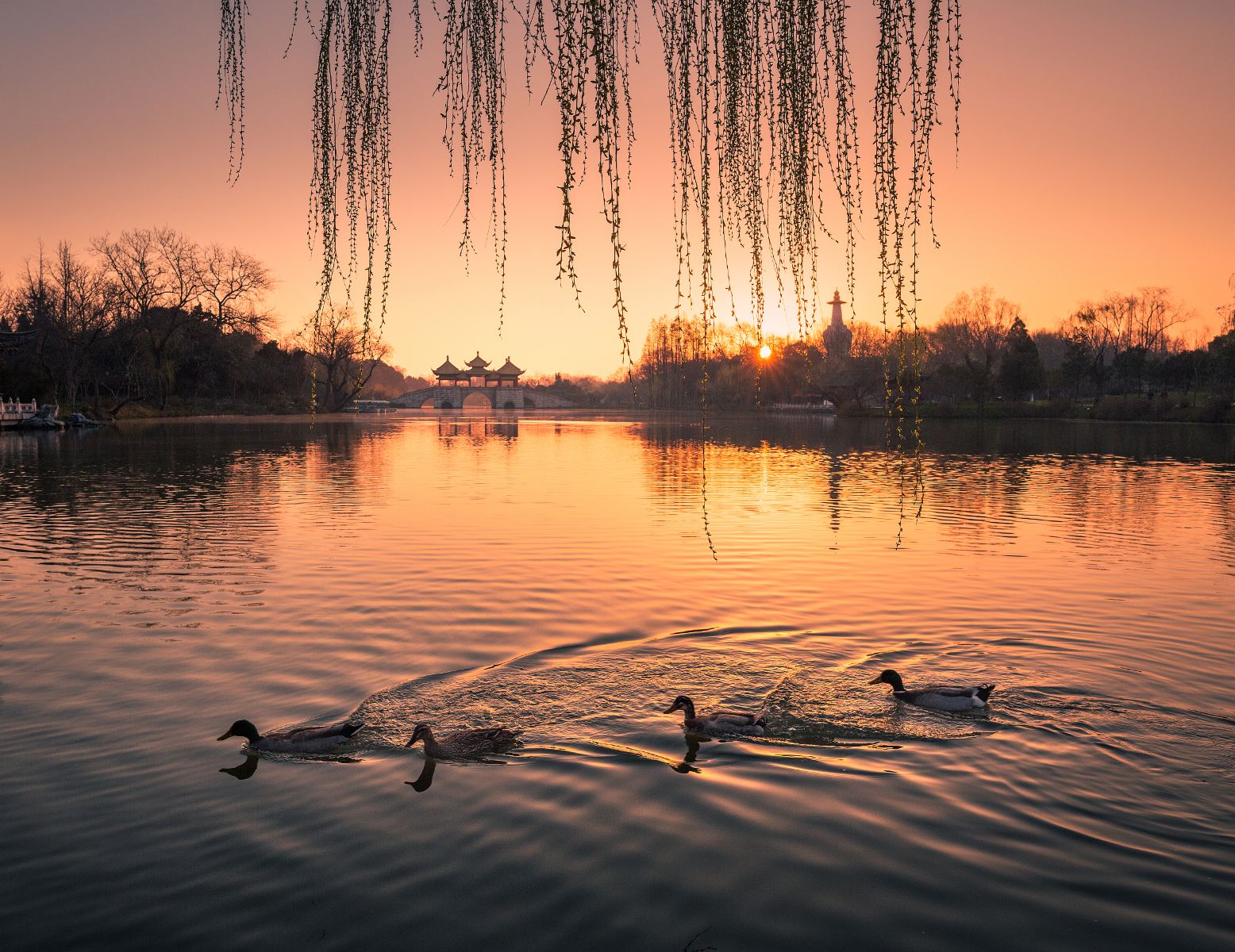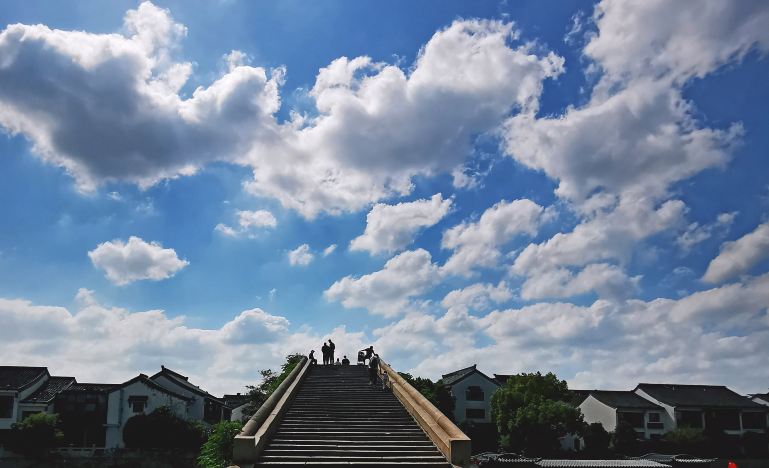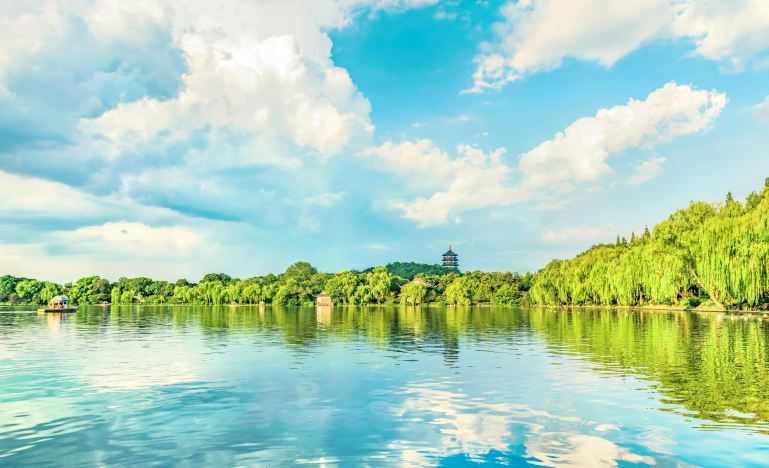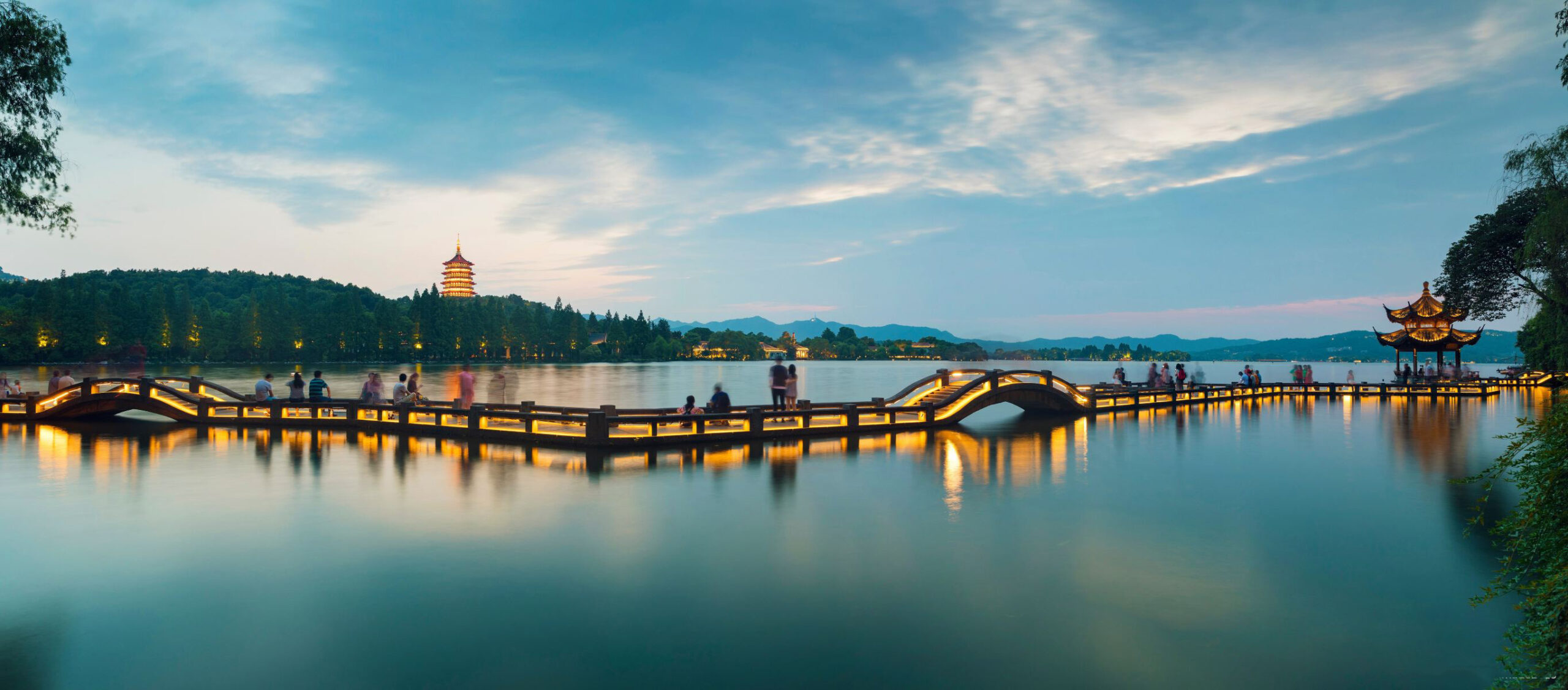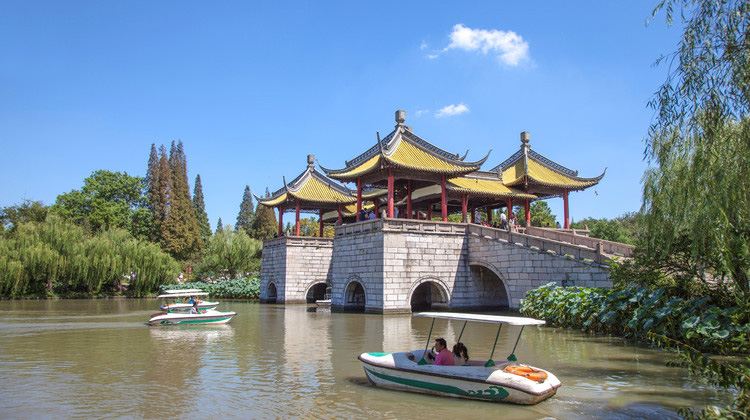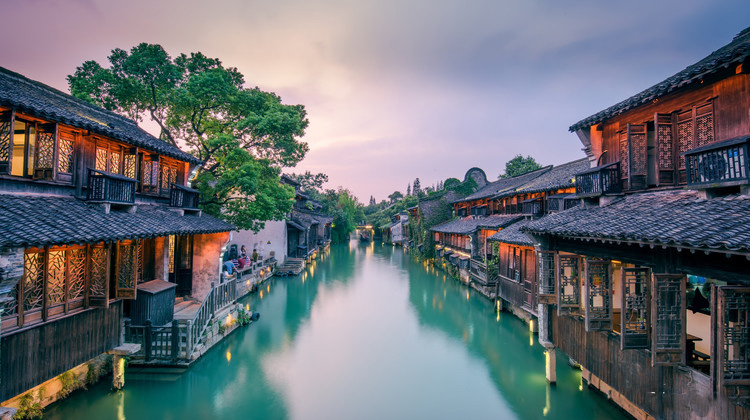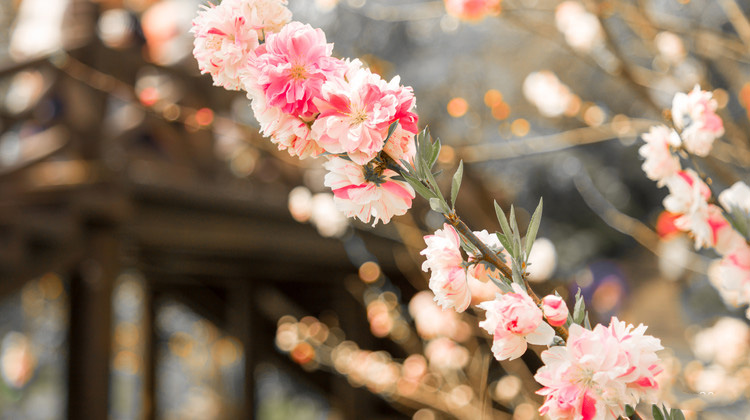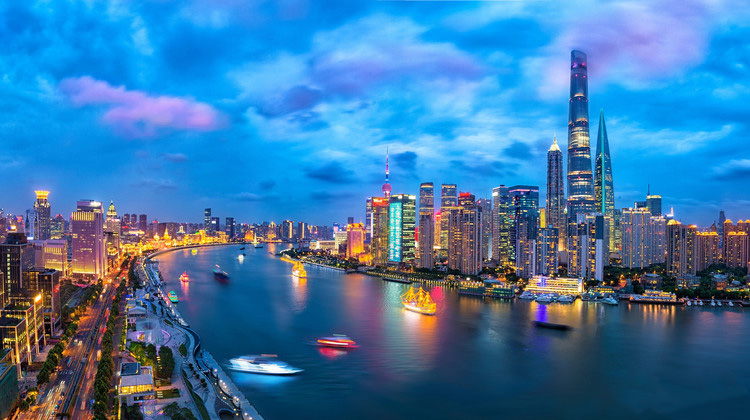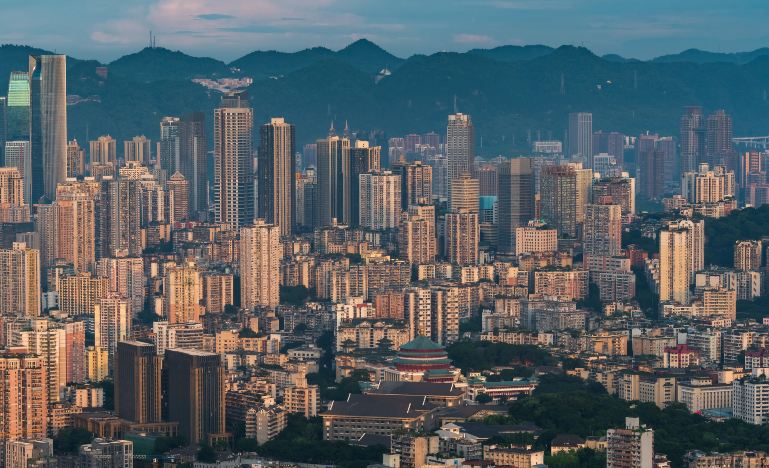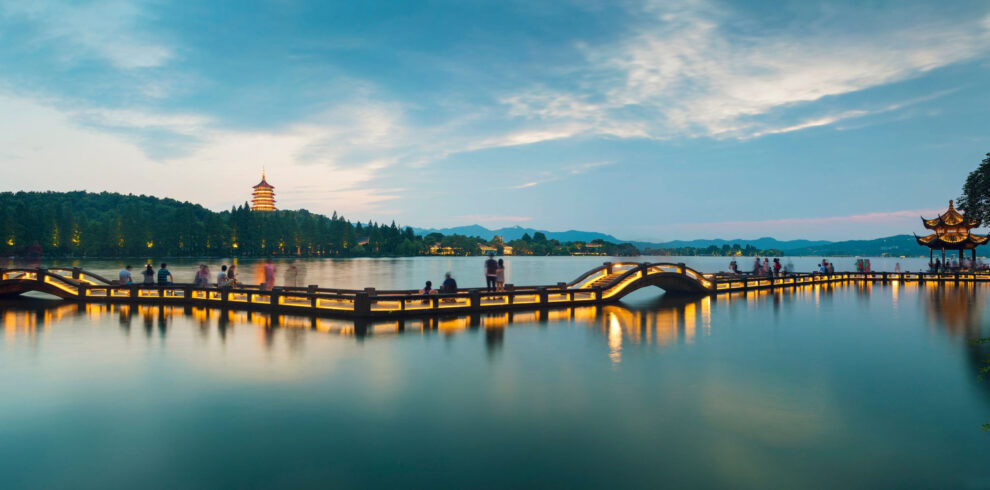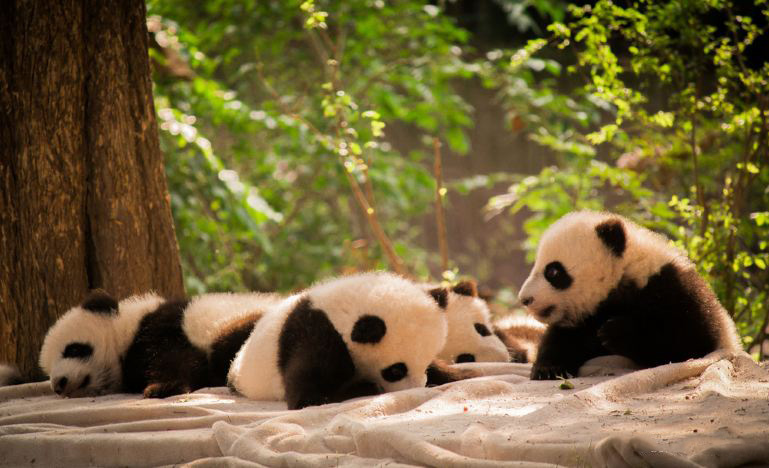Nanjing + Yangzhou + Wuxi + Suzhou + Hangzhou + Wuzhen + Shanghai 5-Day 4-Night Trip
★ [Colorful Attractions] Step into the ancient capital of the Six Dynasties, enjoy the beautiful scenery along the Qinhuai River, explore the Presidential Palace for a taste of history, and feel the charm of Jinling City. In the peach and willow smoke-like Jiangnan, welcome spring by admiring flowers in the Slender West Lake, and witness the cherry blossoms falling on Turtle Head Isle—how can one not reminisce about Jiangnan!
Note:
- The Jiangnan region is mainly composed of gardens and water towns.
Itinerary
Sun Yat-sen’s Mausoleum (Chinese: 中山陵; pinyin: Zhōngshān Líng) is situated at the foot of the second peak of Purple Mountain in Nanjing, Jiangsu, China. Construction of the tomb started in January 1926, and was finished in spring of 1929. The architect was Lü Yanzhi, who died shortly after it was finished. His representative and project partner was his close friend Huang Tanpu.
Slender West Lake, also known by its Chinese name Shouxihu and by other names, is a scenic lake in Hanjiang District in central Yangzhou, China. The lake developed from the city moats of Tang-era Yangzhou. During the Qing dynasty, its banks were the site of numerous estates for the area’s wealthy officials and salt merchants. The lake and some of its attractions have been restored as a national park and AAAAA tourist attraction
The Classical Gardens of Suzhou (Chinese: 苏州园林; pinyin: Sūzhōu yuánlín; Suzhounese (Wugniu): sou1-tseu1 yoe2-lin2) are a group of gardens in the city of Suzhou, in Jiangsu, China, which have been added to the UNESCO World Heritage List.
Spanning a period of almost one thousand years, from the Northern Song to the late Qing dynasties (11th-19th century), these gardens, most of them built by scholars, standardized many of the key features of classical Chinese garden design with constructed landscapes mimicking natural scenery of rocks, hills and rivers with strategically located pavilions and pagodas.
The elegant aesthetics and subtlety of these scholars’ gardens and their delicate style and features are often imitated by various gardens in other parts of China, including the various Imperial Gardens, such as those in the Chengde Mountain Resort. According to UNESCO, the gardens of Suzhou “represent the development of Chinese landscape garden design over more than two thousand years,” and they are the “most refined form” of garden art.
These landscape gardens flourished in the mid-Ming to early-Qing dynasties, resulting in as much as 200 private gardens.[1] Today, there are 69 preserved gardens in Suzhou, and all of them are designated as protected “National Heritage Sites.” In 1997 and 2000, eight of the finest gardens in Suzhou along with one in the nearby ancient town of Tongli were selected by UNESCO as a World Heritage Site to represent the art of Suzhou-style classical gardens.
West Lake (Chinese: 西湖; Wu Chinese pronunciation: [si ɦu]) is a freshwater lake in Hangzhou, China. It is divided into five sections by three causeways. There are numerous temples, pagodas, gardens, and natural/artificial islands within the lake. Gushan (孤山) is the largest natural island and three artificial islands: Xiaoyingzhou (小瀛洲), Huixin Pavilion (湖心亭), and Ruan Gongdun (阮公墩) stand at the middle of the lake. Leifeng Pagoda (雷峰塔) and Baochu Pagoda (保俶塔) are separated by the lake. Mirroring each other, the basic pattern of “one mountain, two towers, three islands, three banks, and five lakes” is formed.
West Lake is located at No. 1 Longjing Road, Xihu District, Hangzhou City, Zhejiang Province, in the west of Hangzhou City. The total area of the scenic spot is 49 square kilometers, the catchment area is 21.22 square kilometers, and the lake area is 6.38 square kilometers.
West Lake has influenced poets and painters throughout Chinese history for its natural beauty and historic relics, and it has also been among the most important sources of inspiration for Chinese garden designers. It was made a UNESCO World Heritage Site in 2011, described as having “influenced garden design in the rest of China as well as Japan and Korea over the centuries” and reflecting “an idealized fusion between humans and nature”.
The Bund is a waterfront area and a protected historical district in central Shanghai. The area centers on a section of Zhongshan Road (East Zhongshan Road No.1) within the former Shanghai International Settlement, which runs along the western bank of the Huangpu River in the eastern part of Huangpu. The area along the river faces the modern skyscrapers of Lujiazui in Pudong. The Bund usually refers to the buildings and wharves on this section of the road, as well as some adjacent areas. This region has a significant European influence, with the style of many structures most comparable to that of European cities, particularly Gothic, Baroque, Neoclassical, Romanesque, Art Deco, and Renaissance architecture. Additionally, some of the city’s top eateries are located there. From the 1860s to the 1930s, it was the rich and powerful center of the foreign establishment in Shanghai, operating as a legally protected treaty port.
FAQs
A: Sun Yat-sen’s Mausoleum is situated at the foot of the second peak of Purple Mountain in Nanjing, Jiangsu, China.
A: Slender West Lake is a scenic lake in Hanjiang District in central Yangzhou, China. It has been restored as a national park and AAAAA tourist attraction.
A: You can take a boat ride, visit temples and pagodas, stroll along the causeways, and enjoy the natural beauty. There are also cafes and restaurants around the lake where you can relax.
A:For 144hour-free-visa, you can refer this post 144-hour-Visa-Free Transit policies for Foreign Nationals – A Complete Guide in 2024 – ChinaTravelTips (china-travel-tips.com)

